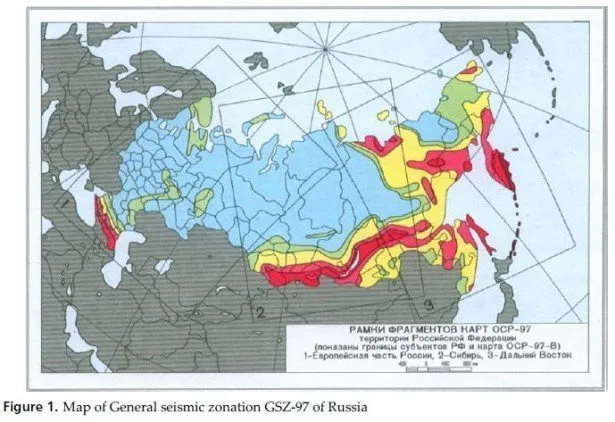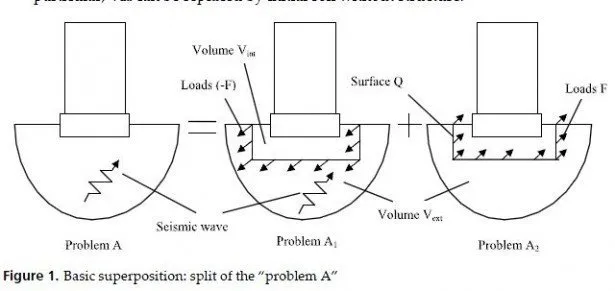The design life of 100 years and the safety index of 4.0 were the basic design requirements for the Confederation Bridge. These requirements were much higher than those prescribed in the highway bridge design codes available at the time when the bridge was designed. The specified design life and safety index for the Confederation Bridge required special studies in order to determine the seismic ground motion parameters at the bridge location.
The seismic ground motion parameters used in the design of the bridge were given in the design criteria specified by J. Muller International Stanley Joint Venture Inc. [5]. These included the peak ground acceleration, the peak ground velocity, the peak ground displacement, and the seismic design spectrum for the bridge location. The methods for determining these parameters were described by [6]. Two methods were used for the estimation of the peak ground acceleration of the expected seismic motions at the bridge location. The first method was based entirely on probabilistic considerations. According to this method, the peak ground acceleration for the design service life of 100 years and the design safety index of 4.0 corresponded to an annual probability of exceedance of 0.00027.
The value of the peak ground acceleration for this probability of exceedance was found to be A=0.136 g.
The second method was primarily based on engineering considerations. In this method, first, the peak ground acceleration was determined for a probability of exceedance of 10% during the design service life of 100 years. The background for this was to keep the same probability of exceedance during the service life as that required by the 1990 edition of the National Building Code of Canada (NBCC) [7]. Then, the acceleration value corresponding to 10% in 100 years probability of exceedance was increased by applying a factor of 1.43 representing the product of the commonly used importance factor of 1.3, and an additional importance factor of 1.1 because of the unusual importance of the bridge. The resulting peak ground acceleration was 0.12 g, and this value was adopted for the design. Using the same approach, the peak ground velocity was found to be 10.8 cm/s. Having the values for the peak ground acceleration (A) and the peak ground velocity (V), a value for the peak ground displacement (D) of 5.9 cm was obtained using the relationship between A, V, and D, proposed by [8].
The 5% damped elastic seismic design spectrum for horizontal seismic motions was developed using the foregoing values for the peak ground acceleration, velocity and displacement, and applying the corresponding spectral amplification factors proposed by [8] for the mean plus one standard deviation level. This level corresponds to a probability of 84% that the spectral amplification factors will not be exceeded. The parameters for the construction of the horizontal design spectrum are given in Table 1, adopted from the design criteria. It can be seen that the spectrum was defined assuming a constant spectral acceleration in the short period range (T<0.5 s), a constant spectral velocity in the intermediate period range (0.5 s < T< 3.0 s), and a constant spectral displacement in the long period range (T > 3.0 s), which is a common approach for constructing design spectra based on peak ground motions and spectral amplification factors [8]. The vertical design spectrum was taken as 2/3 of the horizontal spectrum [5], which is also a common practice for defining vertical design spectra, based on the findings reported in [9].




